A team of international scientists led by the University of Ottawa have gone back to the kitchen cupboard to create a recipe that combines organic material and light to create quantum states.
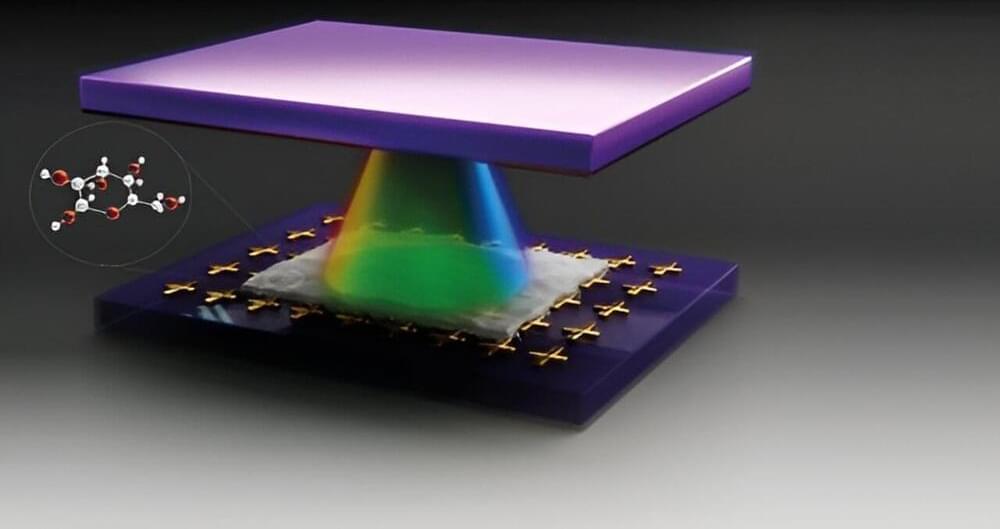



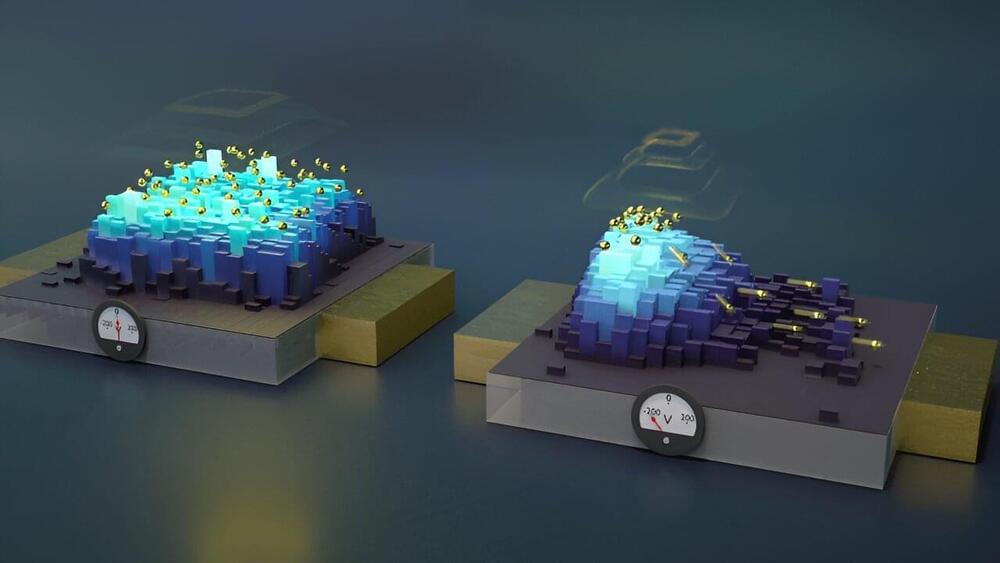
The quantum internet would be a lot easier to build if we could use existing telecommunications technologies and infrastructure. Over the past few years, researchers have discovered defects in silicon—a ubiquitous semiconductor material—that could be used to send and store quantum information over widely used telecommunications wavelengths. Could these defects in silicon be the best choice among all the promising candidates to host qubits for quantum communications?

The human eye can only see light at certain frequencies (called the visible spectrum), the lowest of which constitutes red light. Infrared light, which we can’t see, has an even lower frequency than red light. Researchers at the Indian Institute of Science (IISc) have now fabricated a device to increase or “up-convert” the frequency of short infrared light to the visible range.

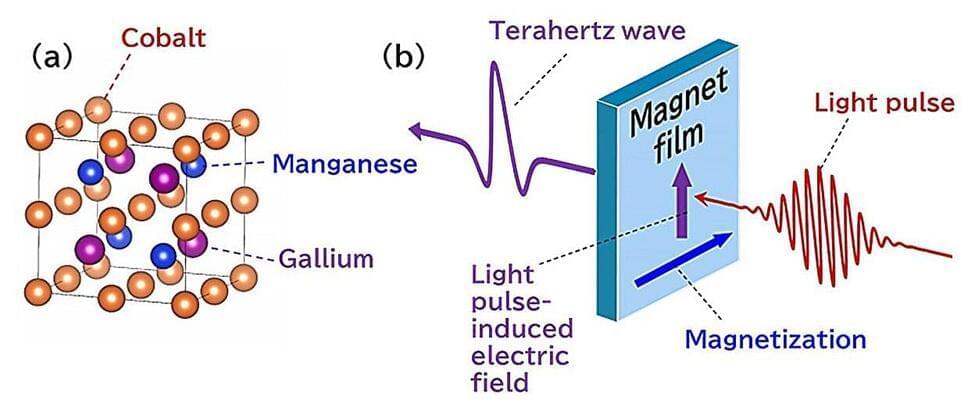
Terahertz waves are being intensely studied by researchers around the world seeking to understand the “terahertz gap.” Terahertz waves have a specific frequency that puts them somewhere between microwaves and infrared light. This range is referred to as a “gap” because much remains unknown about these waves.

NASA will provide live coverage of prelaunch and launch activities for the National Oceanic and Atmospheric Administration’s (NOAA) GOES-U (Geostationary Operational Environmental Satellite U) mission. The two-hour launch window opens at 5:16 p.m. EDT Tuesday, June 25, for the satellite’s launch on a SpaceX Falcon Heavy rocket from Launch Complex 39A at NASA’s Kennedy Space Center in Florida.
The GOES-U satellite, the final addition to GOES-R series, will help to prepare for two kinds of weather — Earth and space weather. The GOES satellites serve a critical role in providing continuous coverage of the Western Hemisphere, including monitoring tropical systems in the eastern Pacific and Atlantic oceans. This continuous monitoring aids scientists and forecasters in issuing timely warnings and forecasts to help protect the one billion people who live and work in the Americas. Additionally, GOES-U carries a new compact coronagraph that will image the outer layer of the Sun’s atmosphere to detect and characterize coronal mass ejections.
The deadline for media accreditation for in-person coverage of this launch has passed. NASA’s media credentialing policy is available online. For questions about media accreditation, please email: [email protected].
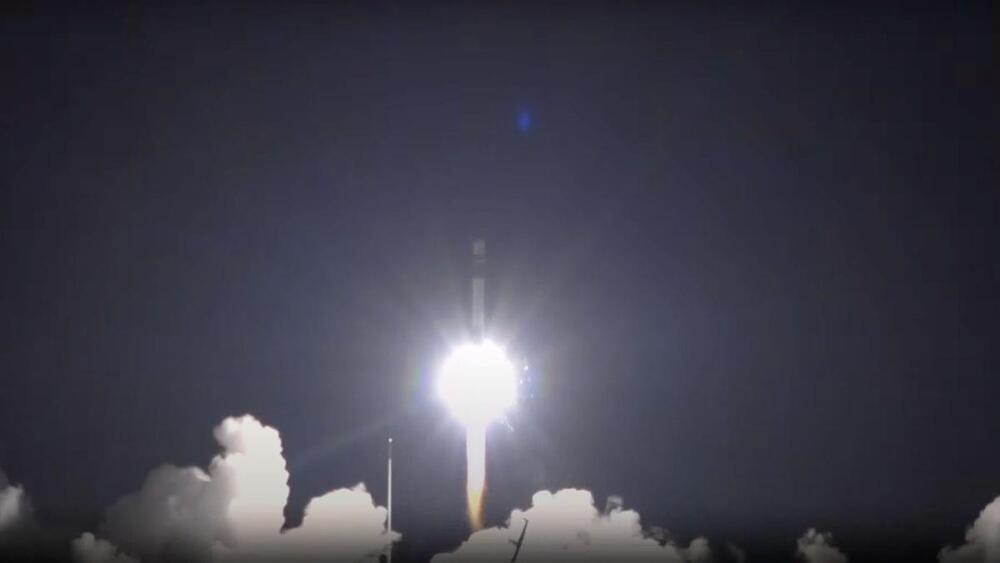
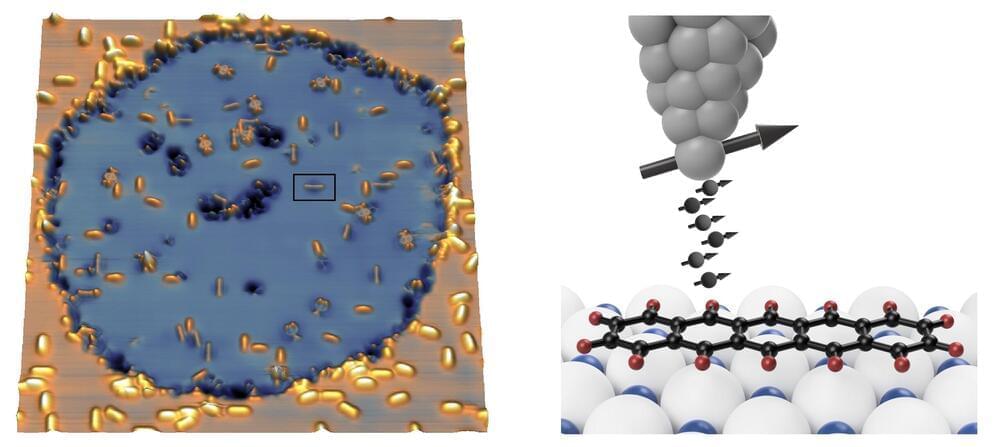
Spin-orbit torque effects involve the transfer of angular momentum between a spin current and a magnetic layer mediated by the exchange interaction between conduction and localized electron.
Measuring these effects in magnetic materials continues to be a very active area of interest in spintronics…
Electrons have an intrinsic angular momentum, the so-called spin, which means that they can align themselves along a magnetic field, much like a compass needle. In addition to the electric charge of electrons, which determines their behavior in electronic circuits, their spin is increasingly used for storing and processing data.
Already, one can buy MRAM memory elements (magnetic random access memories), in which information is stored in very small but still classical magnets—that is, containing very many electron spins. The MRAMs are based on currents of electrons with spins aligned in parallel that can change the magnetization at a particular point in a material.
Pietro Gambardella and his collaborators at ETH Zurich now show that such spin-polarized currents can also be used to control the quantum states of single electron spins. Their results, which have just been published in the journal Science, could be used in different technologies in the future, for instance in the control of quantum states of quantum bits (qubits).